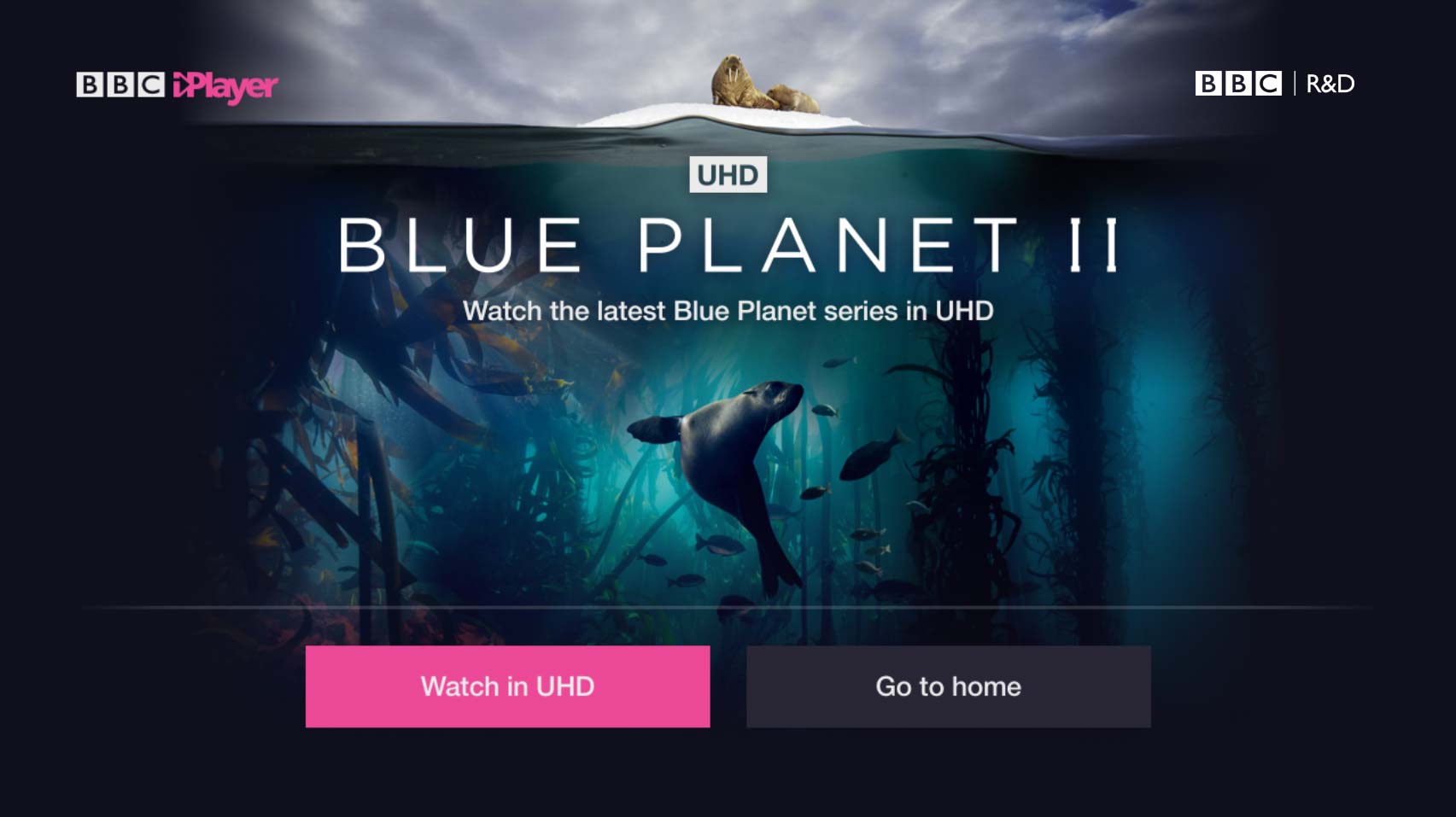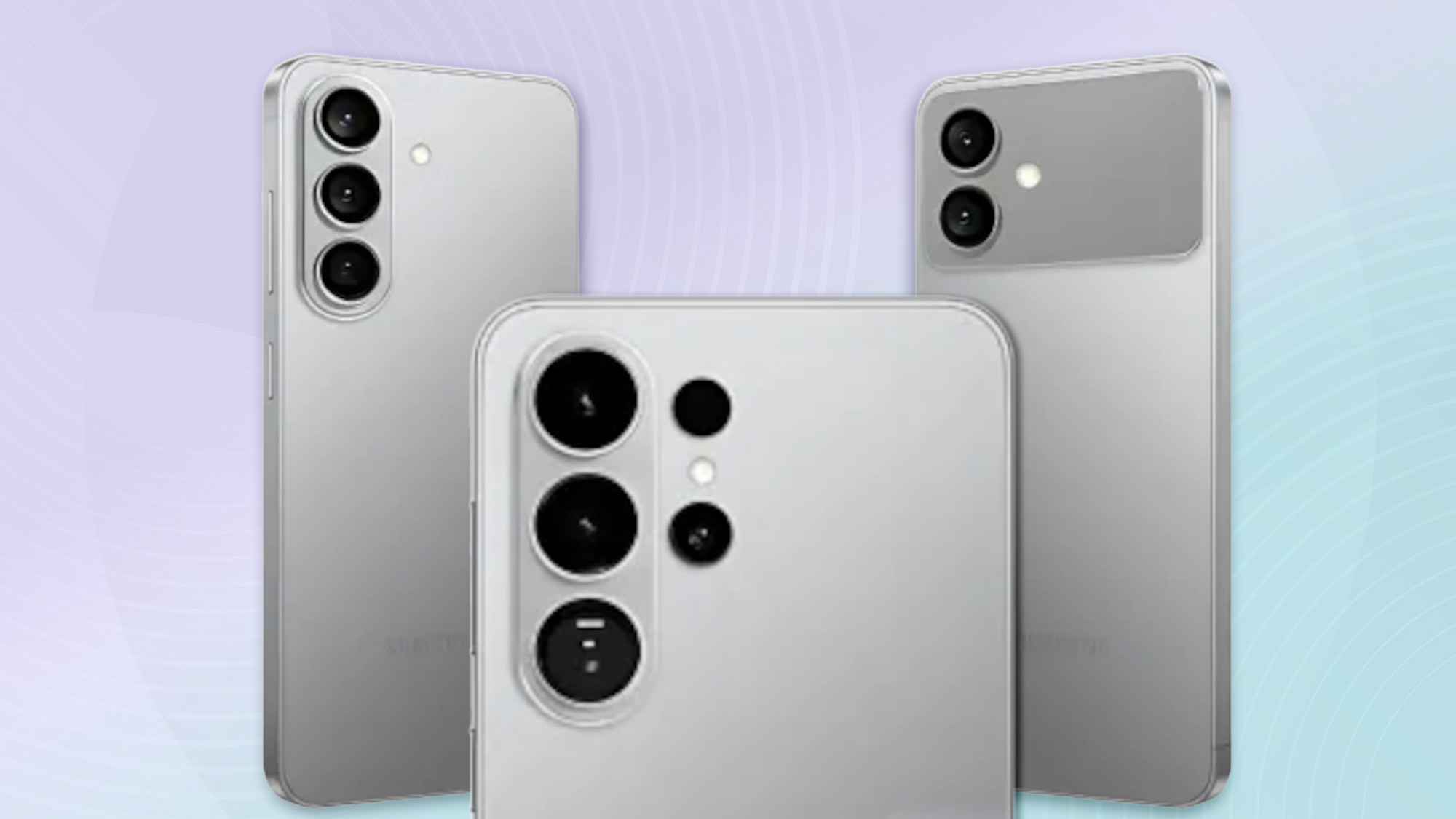What Is HLG HDR?
You've probably heard of HDR, but are you familiar with HLG? Here's what you need to know about the latest addition to the HDR standard and what it means for broadcast TV.
Just when you thought you'd sussed out all the features of current 4K TVs to make a buying decision, the manufacturers throw a new one at you: HLG. It's not a feature you should ignore. In fact, it could make a serious difference in your everyday viewing experience. So here's everything you need to know about HLG.

What is HLG?
Technically, the full acronym is HLG HDR, which stands for "hybrid log-gamma high dynamic range." HDR is a format for video content, discs and TVs that makes it possible to display millions more colors with better contrast levels and increased brightness compared with what standard HD, and even 4K Ultra HD sets, deliver. The "HLG" part refers to a version of HDR tailored specifically to broadcasting live programming — in other words over the air, on cable or via satellite.
HLG was developed by Japan's NHK and the U.K.'s BBC, with a lot of promotional help from LG, which has demonstrated on numerous occasions how its OLED TVs are already HLG-ready.
What is the difference between HDR10, Dolby Vision and HLG?
Think of HLG not as a competing format but as an additional one that enables a new feature for your TV — namely, the ability to watch live HDR programs from regular broadcast channels. It's not strictly a competitor to Dolby Vision and HDR10, both of which focus on recorded material that is streamed online, downloaded or played from an Ultra HD Blu-ray disc.

From the beginning, HLG was designed as a broadcast standard, taking into account bandwidth limitations and the variety in both legacy equipment used by programmers and TVs used by viewers. It was created to be flexible yet provide as many of the enhancements of HDR as possible. (Dolby would argue that Dolby Vision could be used in broadcasting as well, but the technical requirements, such as adding metadata even at the delivery point, make it much less practical.)
Does HLG offer a better picture?
Compared to standard-definition or HD TV channels, broadcasts using HLG HDR in 4K look decidedly superior. Colors are certainly more realistic and intense; green fields look more verdant and red lights pop on-screen.

Compared to Dolby Vision and HDR10 recorded programs, HLG lacks some of the top intensity the other formats deliver. Of course, our experience has been under ideal circumstances. Streaming Dolby Vision and HDR10 sources often don't match that ideal. Furthermore, HLG is very much in its infancy and could see further improvements in the future.
Get instant access to breaking news, the hottest reviews, great deals and helpful tips.
MORE: Here's Where to Get HDR Content on Your Phone, TV or PC
It is also true that HLG can't compete with Dolby Vision in some respects. HLG HDR uses a 10-bit color depth, for example, whereas Dolby makes allowances for up to 12-bit color (although no broadcaster or consumer TV can handle it yet). HLG also has a brightness range of 1,000 nits (versus Dolby's 4,000 nits). However, few sets can achieve such brightness levels, and HLG is display-independent, so it will work whether your TV is capable of a peak brightness of 500, 1,000 or 4,000 nits.
The bottom line: There's no downside to buying a TV that supports HLG HDR.
Will HLG become standard?
There are no licensing or royalty fees associated with HLG, so TV-makers are free to adopt it at will, and many already have. LG was one of the first companies to support HLG, and many others seem open to the idea. In fact, many smart TVs already have the processing power to display HLG HDR programming, and can be upgraded via a firmware update can allow them to do so.

Furthermore, HLG broadcasts are compatible with (that is, they can be displayed on) standard HD TVs that don't support HDR. So stations and cable providers don't have to worry about broadcasting two different feeds to ensure that their programs can be seen on newer 4K HDR sets as well as older HD TVs.
MORE: What Is Dolby Vision? (And How to Get It)
Aside from the visual benefits, HLG is also compatible with most of the broadcasting infrastructure. (The principal changes will involve new cameras.) For example, it doesn't require metadata (the added digital picture information that tells the hardware how to display a particular scene), which means broadcasters don't have to add as much new equipment. Ultimately, HLG is less onerous for stations to implement, and while we can't predict future technological developments, the prospects for HLG today look good.
Are any stations broadcasting in HLG yet?
The short answer is no. DirecTV has broadcast a few events in 4K HLG HDR, such an NHL hockey game, but no station has made a full commitment to the format yet.
Credit: BBC
- Best 4K TVs - Reviews and Comparisons, From Budget to HDR
- Netflix Hidden Gems - Movies and Shows You Should Watch
- Best Streaming Devices - Roku vs. Chromecast vs. Apple TV 4K
John R. Quain has been reviewing and testing video and audio equipment for more than 20 years. For Tom's Guide, he has reviewed televisions, HDTV antennas, electric bikes, electric cars, as well as other outdoor equipment. He is currently a contributor to The New York Times and the CBS News television program.

